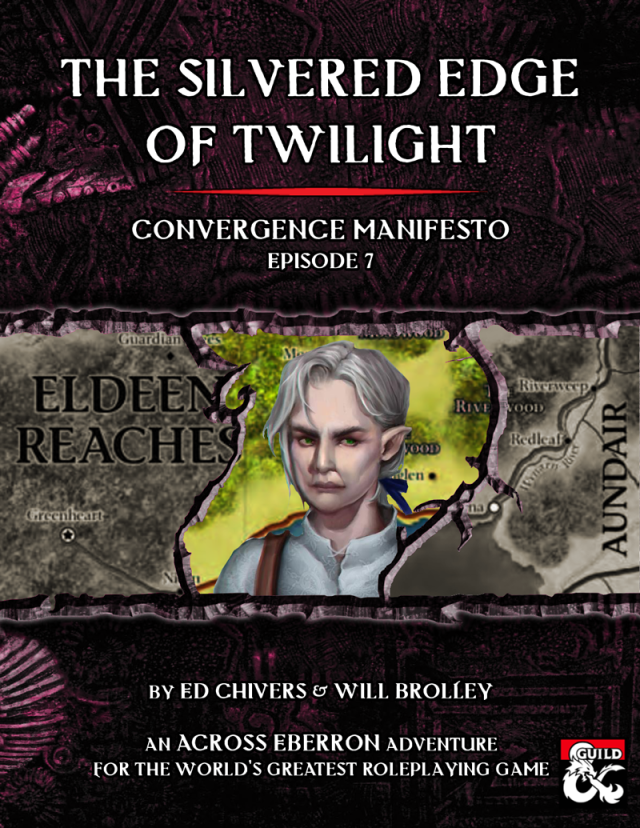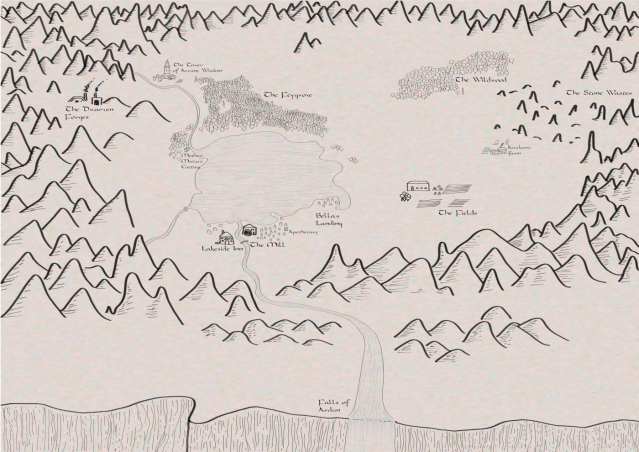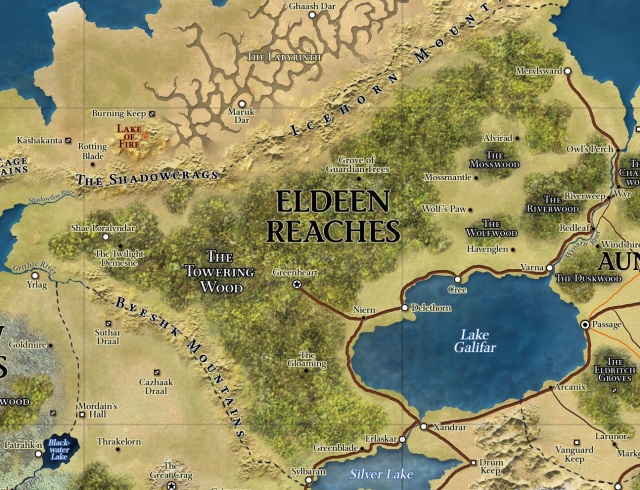Hey folks – it’s been something like about six months since I last updated this blog, and in case you hadn’t noticed the world has gone somewhat strange since my last post.
I’ve been incredibly lucky in that I’ve been able to keep working – albeit remotely – and most of my friends have stayed well. Along with changes to work, and my kids’ schools, a big impact has been that I’m no longer able to run my Dungeons and Dragons games with friends around our big kitchen table, and instead I’ve had to learn how to use a whole load of online tools so that I can still run games for friends. But that’s not what I wanted to talk about today – here I am, barely two paragraphs into this post and I’m already wandering off topic. Very quickly then, and then we’ll get back on to topic.
- I’ve taken to running games using Roll20 as a virtual tabletop
- We’ve been using Skype for voice / video (Roll20 offers video comms but we’ve found the quality to be variable depending on time of day and bandwidth, and everyone knows how Skype works)
- I’ve been using the quite frankly amazing Dungeon Map Doodler by Todd Ross to draw up dungeon maps
I’m pretty sure a post in the very near future will cover some more information on my move to online play. I know a lot of folks will have been playing online forever, and perhaps might only play online, but this is a new experience for me.
Anyway, on with the post…
Ancient Magical Technologies!
Arthur C. Clarke once said that “any sufficiently advanced technology is indistinguishable from magic” and in my game world – see Introducing “The Valley” – I’ve taken that to heart. Up to a point, my game world is a traditional D&D fantasy setting – it has the usual races of elves, dwarves, humans and goblins; it has magic powers and hidden treasure; it has mystery and intrigue. But it’s also a world that’s built on top of another older one, which has now fallen into decay.
Thousands of years ago, it’s said that a race of tall blue-skinned beings known only as “The Builders” created the world, and built wondrous cities using advanced technologies that have now been lost. Their ruins litter the landscape and their technological artefacts can be used as powerful magical items in the game – if only they can be discovered, understood and harnessed.
It’s a world-building approach with a long history of course – to give just three examples, those of you who have played Nintendo’s “Breath of the Wild” will remember the “Ancient Sheikah Tech” which you can find in the game, Isaac Asimov described the lost wonders of the First Empire in the “Foundation” series of books I devoured as a teenager, and one of my favourite Studio Ghibli films, “Castle in the Sky” has, well, a castle in the sky. Along with cool robots who shoot laser beams at sinister military attackers (what’s not to like about that?)
My point is, I’m not breaking any new ground here.
So, about those robots?
One of the technologies left behind by The Builders in my game world is a kind of telepresence robot based on the “Animated Armour” monster from the 5th edition SRD (I’m British so I’m spelling with a ‘u’ here, anything else looks wrong). As per the rules, the animated armour is a medium sized construct with minimal intelligence, built to serve the wishes of the spellcaster who brought it to life. Or just wander around smashing adventurers they meet in dungeons – either works.
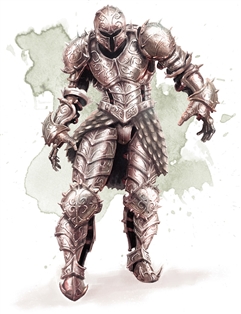
In my game, characters can sit at control panels found in specific ancient Builder ruins, and project their consciousness into one of these constructs. From the player character point of view, they’re not at the console pulling levers and controlling buttons – their consciousness is in the construct. They see through its eyes, hear what it hears and can use the construct’s body to walk around and explore.
I adapted it slightly, describing the construct as a blue stone statue (the same colour as the Builders) with glowing blue eyes. Once the user is piloting the statue, they get to use its physical abilities and skills (strength, dexterity, constitution and attacks), but keep their own mental capabilities (intelligence, wisdom and charisma). I wanted to impose some limits here, so spellcasters can’t use magic while piloting the statue, otherwise they might want to stay on board the statue for good.
One good thing about introducing this idea of telepresence into the game is it lets low-level characters take risks and explore more dangerous locations and environments that they otherwise wouldn’t go near – of course they still have to be careful because if the telepresence statue is destroyed they can’t use it any more and can’t rely on its strength and resilience – they have to venture out themselves! It also can let them explore inaccessible parts of ruined buildings and use the telepresence aspect creatively for problem-solving. I’d say these have been a big hit since I introduced them to my game – the only downside of course is that the bad guys can use them too… but that’s another story!
Anyway, if this sounds like an idea you might like to use, feel free to steal it – you should know by now that you don’t need to ask. I have a dungeon which features some of these statues, which I recently ran in my game. I’ll be posting about that and sharing maps and adventure hooks next time. Cheers folks!

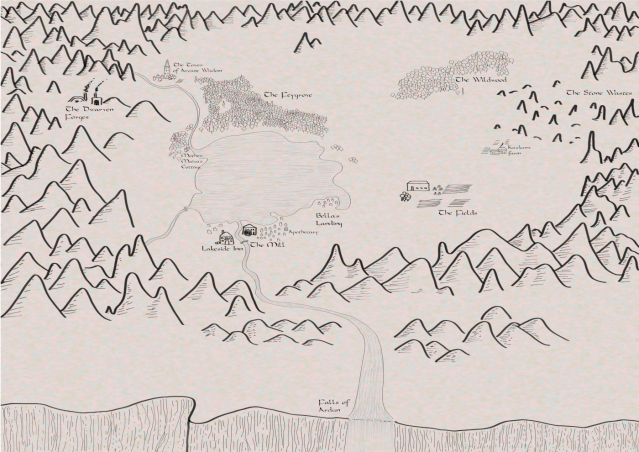

 My first published adventure launched on May 28th!
My first published adventure launched on May 28th!
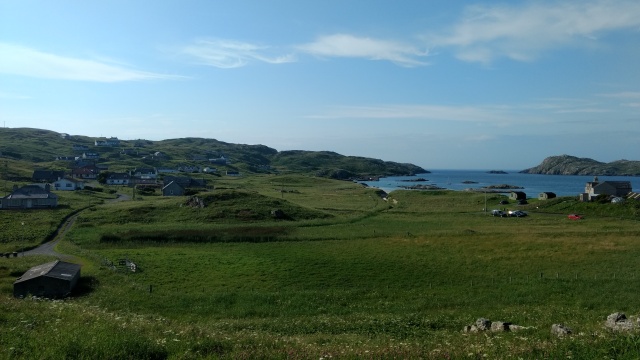 Looking over Bhaltos and Cnip from the road to Reef beach
Looking over Bhaltos and Cnip from the road to Reef beach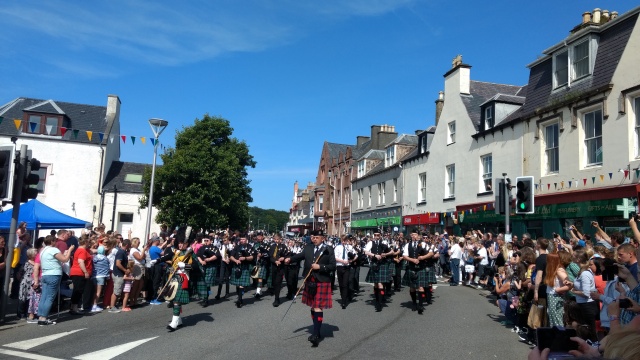
 The neolithic stones at Callanish
The neolithic stones at Callanish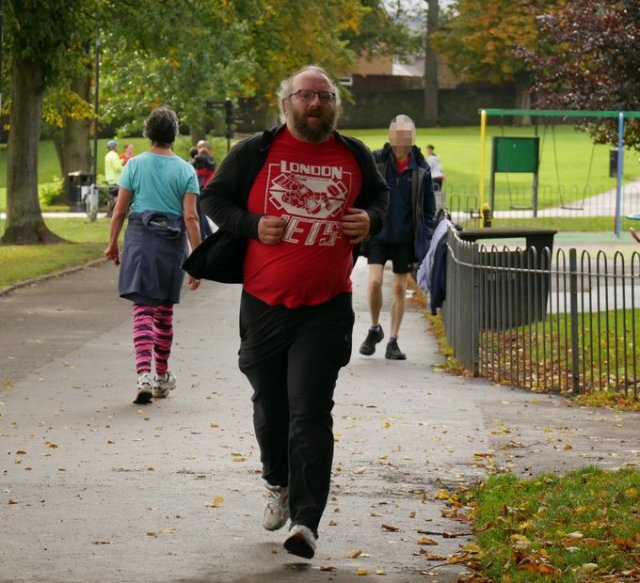
 The big finale and the end of the adventure… for now.
The big finale and the end of the adventure… for now.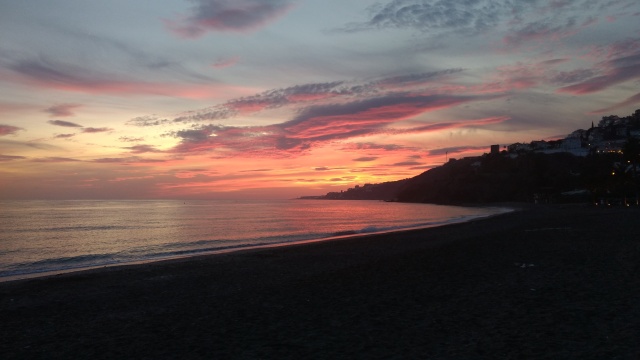
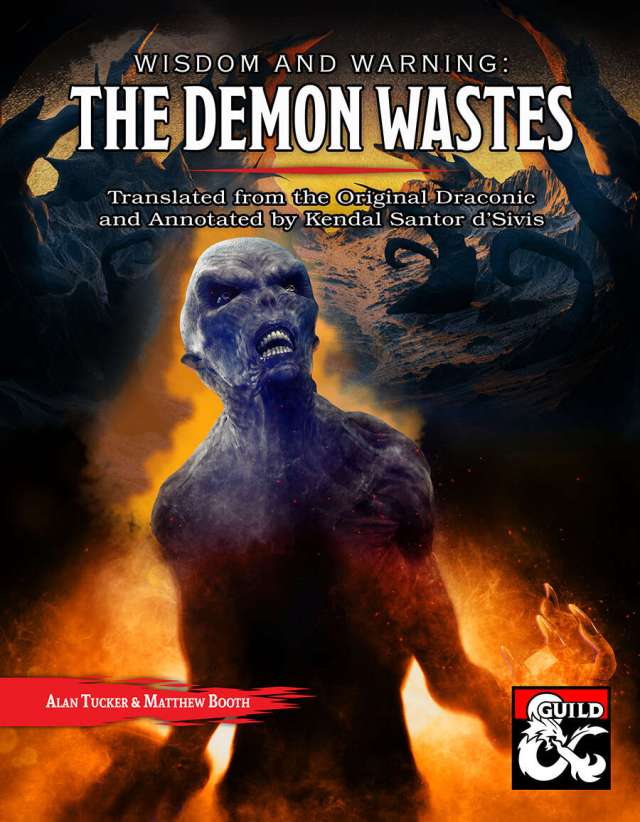
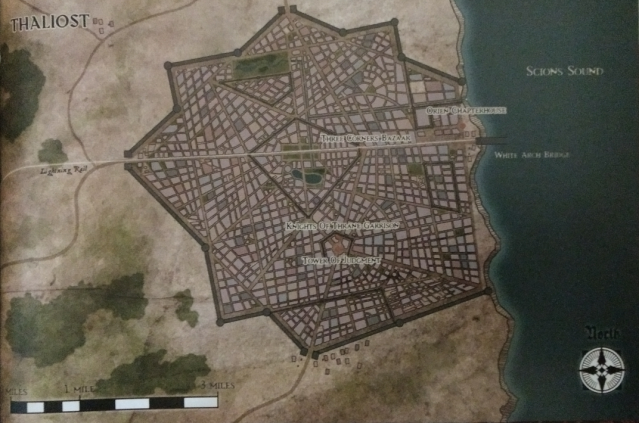
 I needed somewhere to host the church, so I described a district of Thaliost near the centre of the city, called Valtrosgate. I got the name of Valtros from Faiths of Eberron, he was one of the first paladins of the Silver Flame and it seemed fitting to name the place after him. Much as Thaliost is described as being in the Aundairian style of long boulevards and open spaces, that’s not what I wanted for Valtrosgate. I saw it as one of the oldest parts of the city, less bound by grand planning and more “organically” built. I like to think of it as being like some of the
I needed somewhere to host the church, so I described a district of Thaliost near the centre of the city, called Valtrosgate. I got the name of Valtros from Faiths of Eberron, he was one of the first paladins of the Silver Flame and it seemed fitting to name the place after him. Much as Thaliost is described as being in the Aundairian style of long boulevards and open spaces, that’s not what I wanted for Valtrosgate. I saw it as one of the oldest parts of the city, less bound by grand planning and more “organically” built. I like to think of it as being like some of the 